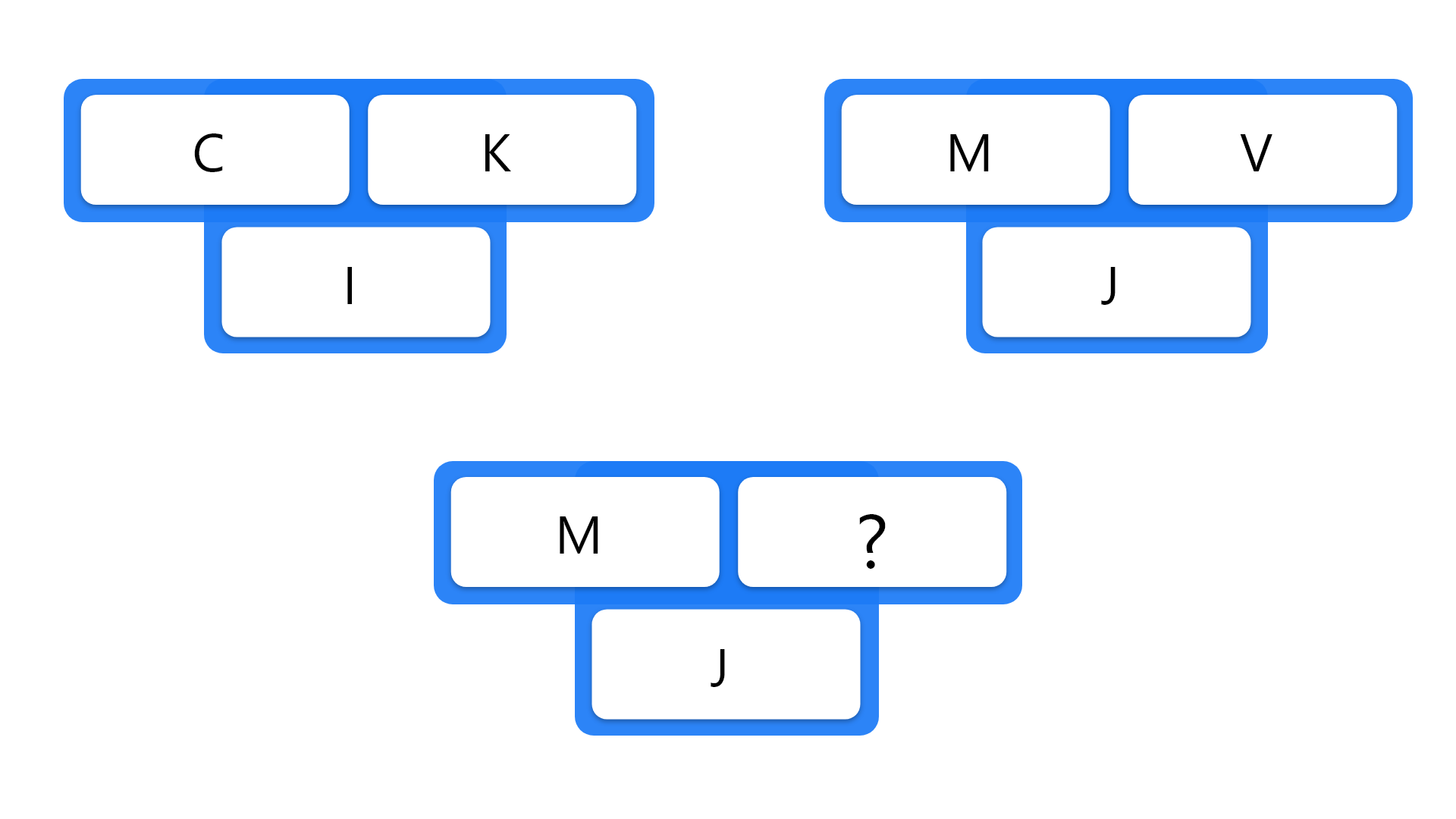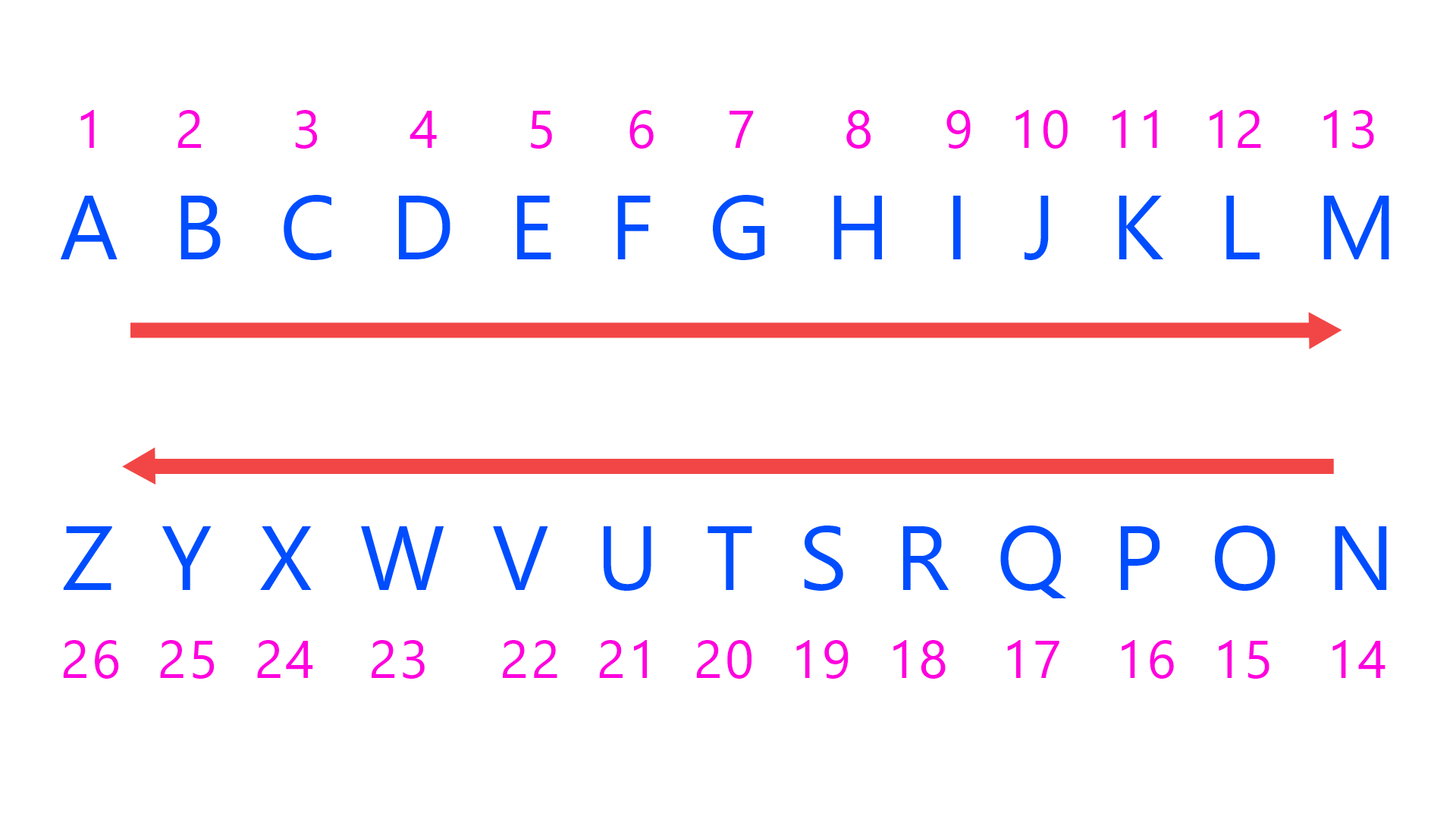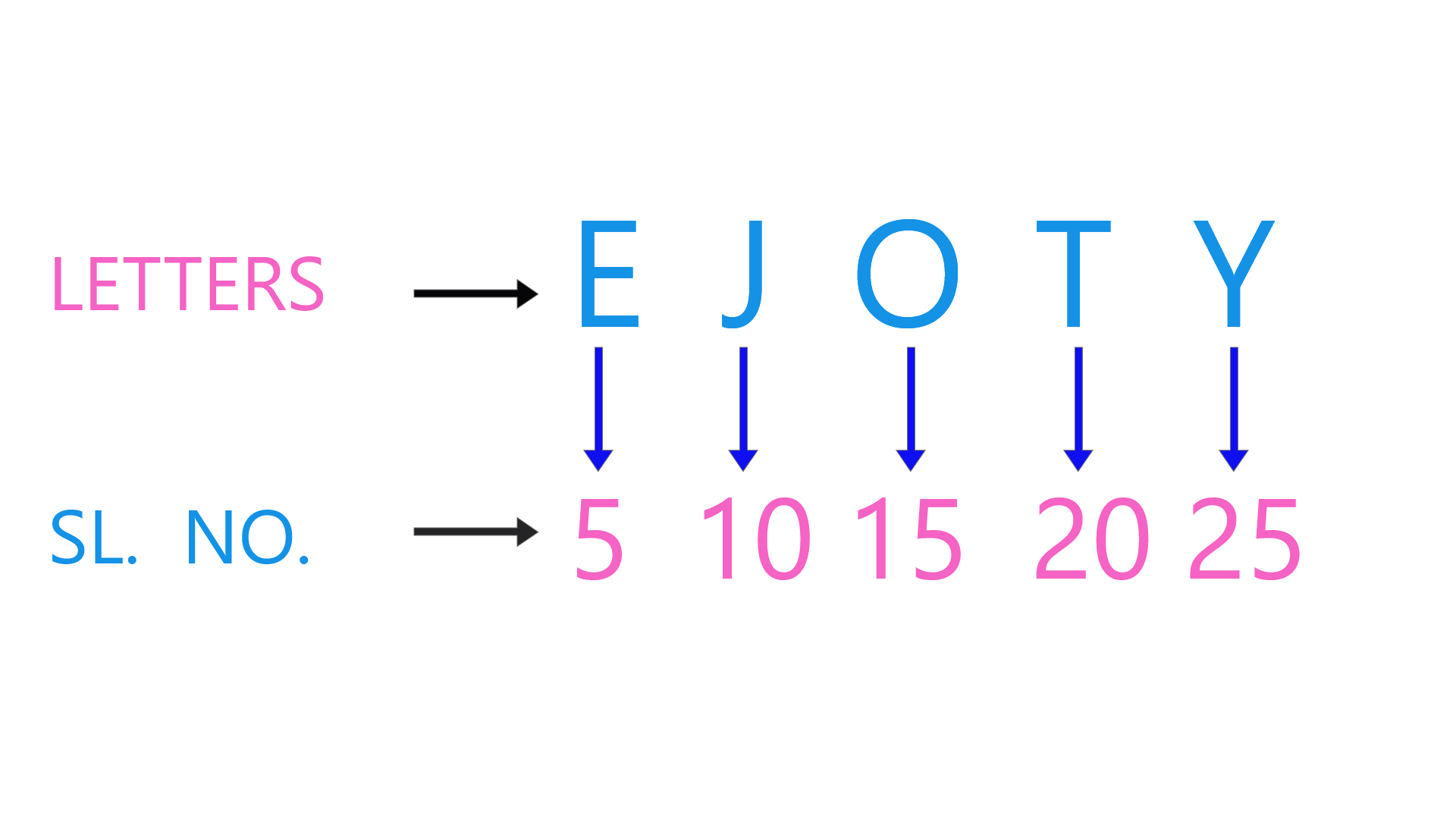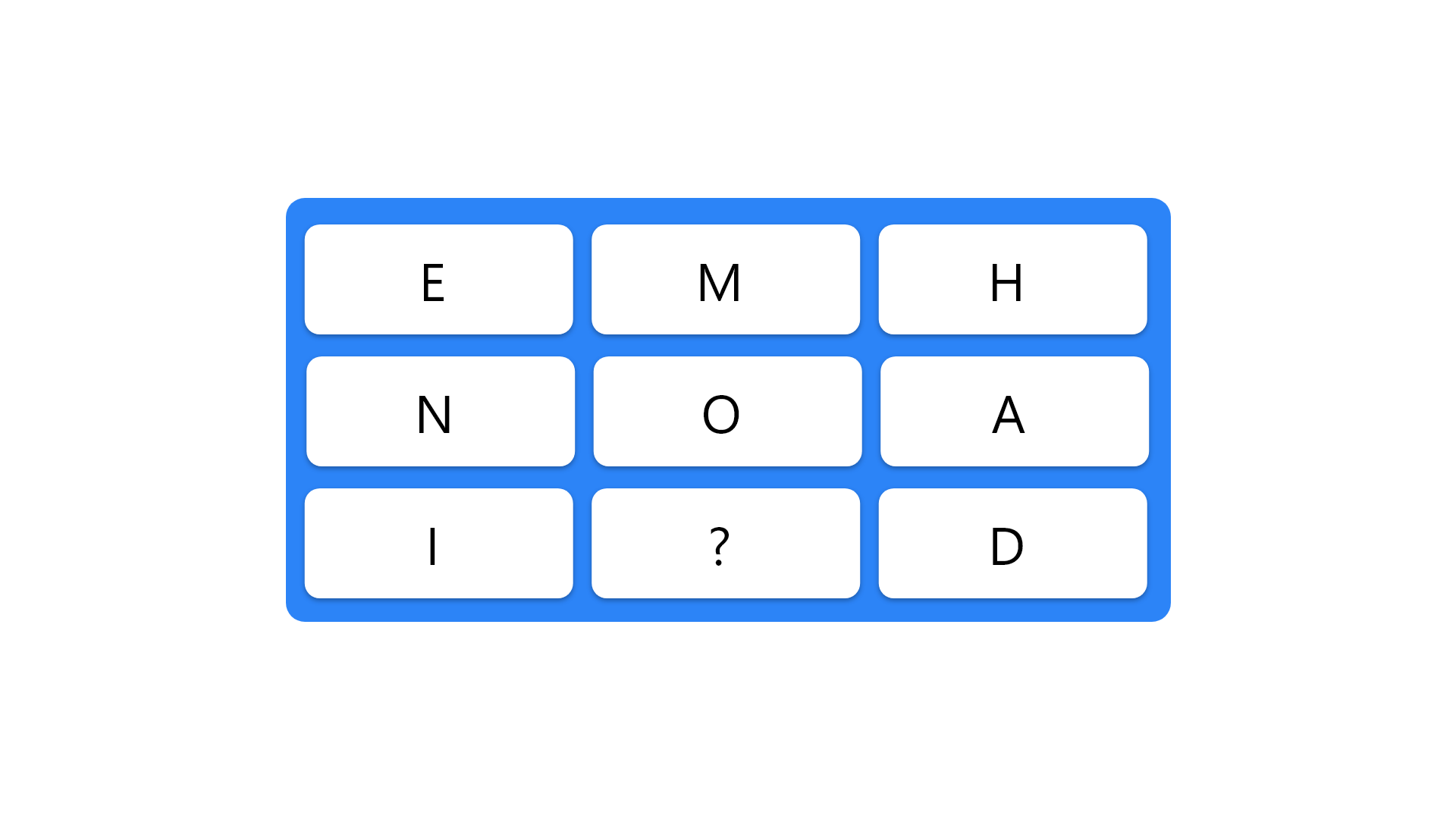-
Sometimes we are being asked to find the position of the letters from the opposite side or right-hand side of the series; this concept simplifies the task of finding out that letter.
-
This is illustrated in a better way with the help of an example below:
- Let’s imagine eight friends A B C D E F G H are standing in a row; now we have to find out the position of E from both the left-hand side and from the right-hand side of the row?
- It is better explained with the help of a diagram
- By looking at the above figure it is evident that E is at the 5’th position from the left side of the row, but he is placed at the 4’th position when it comes to finding his location from the right-hand side.
- This can be presented with the help of a simple formula:
Let the position of the person (given in the question) be r.
Hence his position from the right-hand side will be = n+1-r
Where n= Total number of people in the series
In this case, it will be
N= 8 r= 5 (position of E from the LHS that is given in the question)
Therefore his position from the RHS = 8+1-5= 4
Hence he will stand at the 4’th position from the RHS.
The same formula can be applied with vertical series as well.
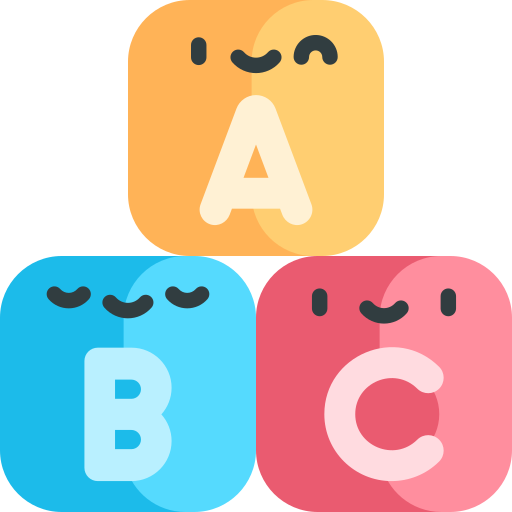
-
Alphabet series is a series of letters which are positioned differently following a logical pattern.
-
We have to analyze that what pattern the series is following ? and accordingly find out the missing or wrong alphabet of the series.
-
To solve this, we have to memorize the position of each alphabet.
